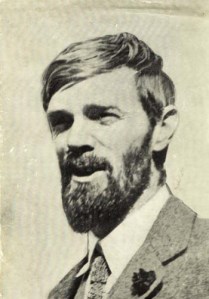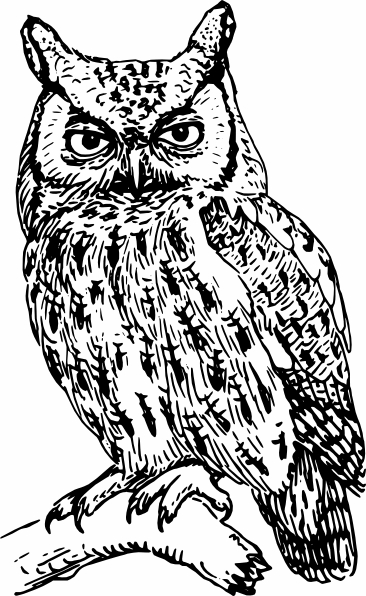Many famous writers have used the people in their lives as grist for the authorial mill. The spicy roman à clef has long been a frequent visitor to bookshop shelves. Even more common are realistic novels based on the lives of actual people, but where no deliberate effort is made to link with the objects of inspiration. In other words, the real people are convenient sources of material, yet too obscure to be of interest to the reading public. The writer’s own life may also end up on the page. If his own experiences predominate, a struggle with illness, say, we call these works autobiographical novels, but in many cases, the lives of people around the writer are also included and the situation becomes less clear-cut.

D. H. Lawrence was notorious for using lovers, friends, and acquaintances as thinly disguised characters in his sexually explicit novels. (Photo: public domain)
Opinions vary as to the merits of drawing on real people for inspiration. The competing view is that characters are better created from imagination especially for the job of telling a particular story, highlighting some aspect of human nature, or revealing the human condition. The latter being that rather nebulous concept which “includes concerns such as the meaning of life, the search for gratification, the sense of curiosity, the inevitability of isolation, or awareness regarding the inescapability of death” (Wikipedia). A third position, which I am inclined to share, claims pure imagining is impossible.
Continue reading “Should Writers Draw Characters from Life or Imagine Them?”